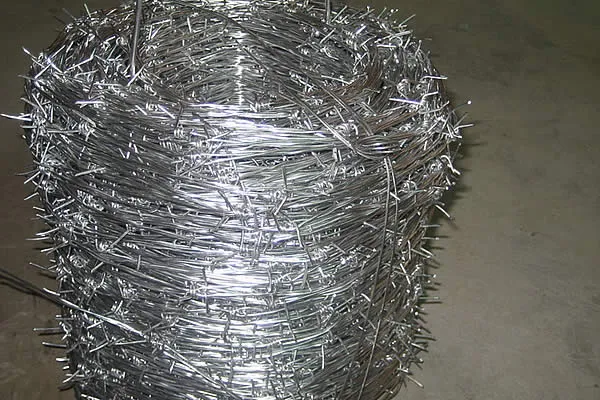 TEL:
+86-13102802206
TEL:
+86-13102802206
 Email:
fencenetting@china.com
Email:
fencenetting@china.com
 Language
Language
 TEL:
+86-13102802206
TEL:
+86-13102802206
 Email:
fencenetting@china.com
Email:
fencenetting@china.com
 Language
Language


The Evolution and Importance of Barbed Wire in Modern Applications
Barbed wire, often overlooked in discussions about agricultural and industrial innovations, has played a crucial role in shaping the landscape of property management, animal husbandry, and even military tactics. Its invention in the late 19th century marked a transformative moment, particularly for the American West, where vast stretches of land required effective boundaries and enclosures.
Historical Context
The genesis of barbed wire can be traced back to 1867 when Lucien B. Smith of Ohio patented his design. Shortly thereafter, Joseph Glidden and others improved upon these initial concepts, leading to the introduction of sturdy and practical variants suitable for wide-scale production. By the 1880s, barbed wire had become ubiquitous, revolutionizing how land was divided and managed in North America. The invention significantly reduced the costs and labor associated with fencing vast pastures, allowing ranchers to protect their livestock from predators and to define ownership boundaries more effectively.
Design and Functionality
The typical design of barbed wire consists of a twisted strand of wire with sharp edges or barbs spaced along its length. This design not only deters animals from crossing but also adds an extra layer of security for properties. Various types of barbed wire are available, tailored for different needs, such as heavier gauges for security fencing or lighter versions for agricultural purposes. The choice of material and construction significantly influences its durability, tensile strength, and resistance to rust, particularly in harsh weather conditions.
Modern Applications

In contemporary contexts, barbed wire is utilized beyond just agricultural fencing. It serves as a critical component in security fencing for prisons, military bases, and high-security facilities. The deterrent factor of barbed wire combined with the psychological barrier it creates has made it a popular choice for securing sensitive areas. In urban settings, barbed wire can also be found atop fences and walls, adding an extra layer of security against trespassers.
Additionally, barbed wire has found its way into decorative and artistic contexts. Homeowners and landscape designers sometimes use the material to create unique garden features or modern art installations. This reflects an evolving perception of barbed wire, where its practical roots now intersect with aesthetics.
Ethical Considerations and Alternatives
Despite its usefulness, the use of barbed wire is not without controversy. Animal welfare advocates often raise concerns about the potential for injury to livestock and wildlife. As a response, some are exploring alternatives to traditional barbed wire, such as smooth wire or more sophisticated fencing systems that maintain security without the same risks of injury.
Conclusion
Barbed wire may seem like a simple invention, yet its impact has been monumental in various sectors. From securing properties against intrusions to managing livestock effectively, the multifaceted applications of barbed wire cannot be underestimated. As society progresses, the challenge will be to balance the effectiveness of traditional barbed wire with humane practices and innovative alternatives to ensure its continued relevance in a changing world. With ongoing developments, the story of barbed wire remains one of adaptation and evolution, echoing the very themes it once helped to define.